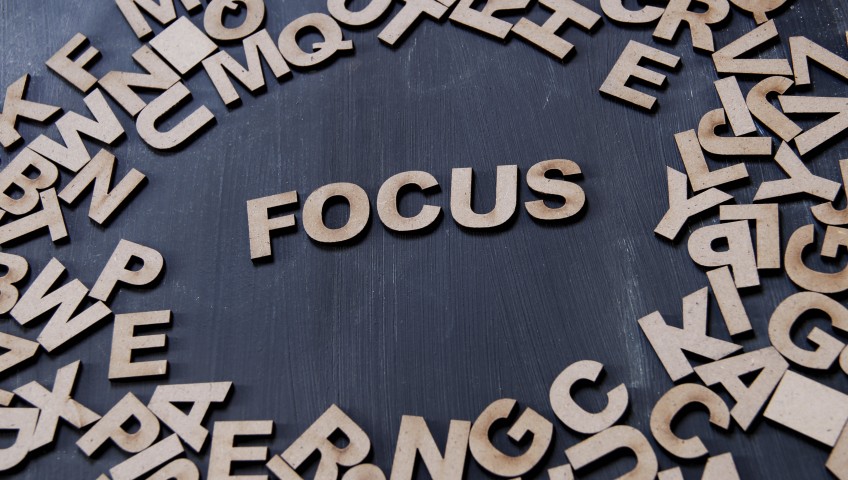Experts say more than 80 percent of what children are taught in school is presented visually, in the form of books and other written or visual means. So, good vision is essential for learning. The first step to make sure your child has the proper visual abilities needed in the classroom is to schedule a comprehensive eye exam prior to the school year.
During this exam, the eye doctor will make sure your child has 20/20 eyesight and that any nearsightedness, farsightedness and/or astigmatism is fully corrected with glasses or contact lenses. However, 20/20 visual acuity alone does not mean your child has all the necessary visual skills required for optimal learning. Good vision is more than 20/20 visual acuity. Visual acuity (how well your child can see letters on a wall chart) is just one aspect of good vision. Your child can have visual acuity of 20/20 and still have vision problems that can affect his or her learning and classroom performance. Also, many nearsighted kids may have trouble seeing the board in class, but they read exceptionally well and excel in school. Important visual skills other than visual acuity that are needed for learning include:
- Binocular vision skills – How well your child’s eye can blend visual images from both eyes into a single, three-dimensional image.
- Eye teaming skills – How well your child’s eyes work together as a synchronized team (i.e. converging for proper eye alignment to read).
- Eye movement skills – How smoothly and accurately your child can move their eyes across a printed page in a textbook.
- Eye focusing abilities – How well his or her eyes can change focus from far to near and back again (for copying information from the board, for example).
- Visual perceptual skills – How well your child can identify an object in his or her visual field, judge its importance and associate it with previous visual information stored in the brain.
- Visual-motor integration – The quality of your child’s eye-hand coordination, which is important not only for sports, but also for handwriting and the ability to efficiently copy written information from a book or chalkboard.
Deficiencies in any of these important visual skills can significantly affect your child’s learning ability and school performance. Many kids have vision problems that affect learning and many kids have undetected learning-related vision problems. According to the College of Optometrists in Vision Development (COVD), one study indicates 13 percent of children between the ages of 9 and 13 suffer from moderate to severe convergence insufficiency (an eye teaming problem that can affect reading performance), and as many as one in four school-age children may have at least one learning-related vision problem.

